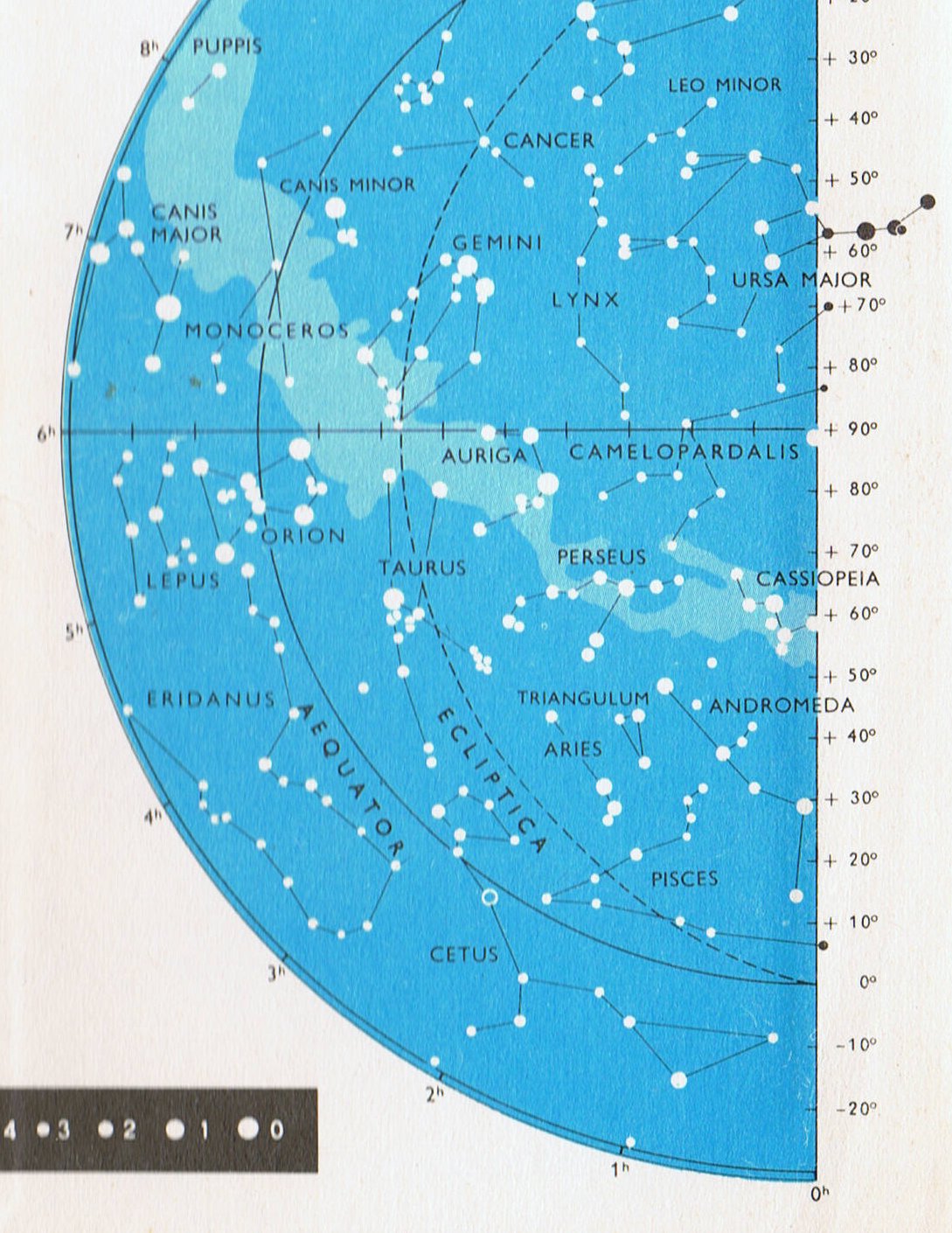The tagata ('man') type of glyph in Ka2-9 probably means 'completed' (fully grown), which is in harmony with the position at the June solstice.
My names for the different types of glyphs are mainly inspired by the words which Metoro Tauga Ure used when he was 'singing' a few of the tablet texts for Bishop Jaussen on Tahiti in 1873. Counted from the previous solstice in December 21 (day 355) there are 365 + 172 - 355 = 182 days. Counted from March 21 there are 92 days:
When tagata has obvious additional signs, e.g. in Ka2-11, Ka2-15, and Ka2-19, the meaning is modified. Tagata in Ka2-17 could indicate where the first 180 days of the Gregorian calendar have been completely counted (alternatively 100 days after the equinox). Maybe the turned around right 'wing' is a sign of 'in the past'. Minor signs - such as the form and length of neck, arms, and legs - were used to clarify meanings. For instance could the comparatively flat top of the head in Ka2-9 and Ka2-11 indicate the solstice (where the curve of Sun's path is hardly noticeable). The accumulation of tagata glyphs in line Ka2 is probably due to the Milky Way which lies like a barrier reef in front. Various calendar cycles should end here.
"... In the inscriptions of Dendera, published by Dümichen, the goddess Hathor is called 'lady of every joy'. For once, Dümichen adds: Literally ... 'the lady of every heart circuit'. This is not to say that the Egyptians had discovered the circulation of the blood. But the determinative sign for 'heart' often figures as the plumb bob at the end of a plumb line coming from a well-known astronomical or surveying device, the merkhet. Evidently, 'heart' is something very specific, as it were the 'center of gravity' ... See Aeg.Wb. 2, pp. 55f. for sign of the heart (ib) as expressing generally 'the middle, the center'. And this may lead in quite another direction. The Arabs preserved a name for Canopus - besides calling the star Kalb at-tai-man ('heart of the south') ... Suhail el-wezn, 'Canopus Ponderosus', the heavy-weighing Canopus, a name promptly declared meaningless by the experts, but which could well have belonged to an archaic system in which Canopus was the weight at the end of the plumb line, as befitted its important position as a heavy star at the South Pole of the 'waters below'. Here is a chain of inferences which might or might not be valid, but it is allowable to test it, and no inference at all would come from the 'lady of every joy'. The line seems to state that Hathor (= Hat Hor, 'House of Horus') 'rules' the revolution of a specific celestial body - whether or not Canopus is alluded to - or, if we can trust the translation 'every', the revolution of all celestial bodies. As concerns the identity of the ruling lady, the greater possibility speaks for Sirius, but Venus cannot be excluded; in Mexico, too, Venus is called 'heart of the earth'. The reader is invited to imagine for himself what many thousands of such pseudo-primitive or poetic interpretations must lead to: a disfigured interpretation of Egyptian intellectual life ..." (Hamlet's Mill) |








